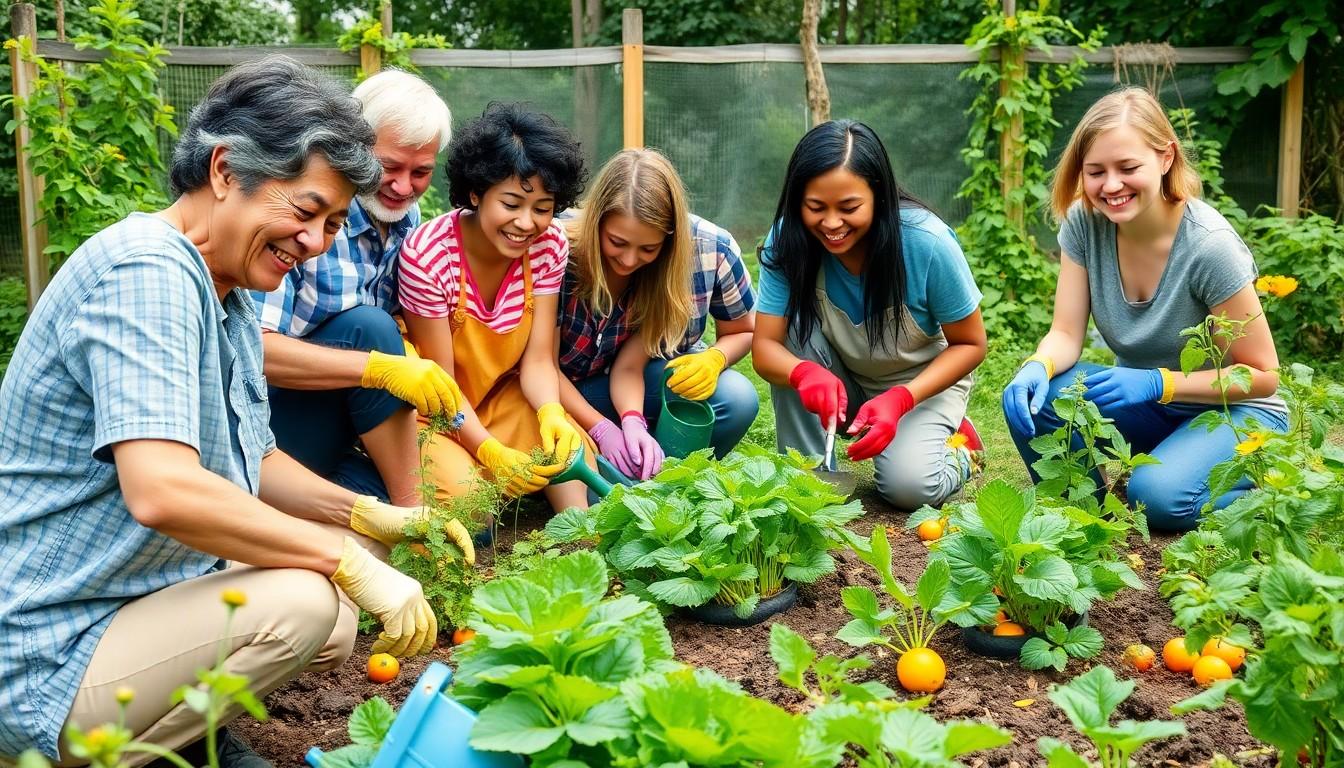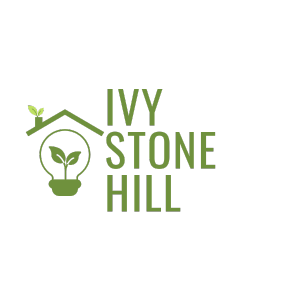In a world where grocery stores seem to have more aisles than a small country, the idea of real self-sufficiency might sound like a quirky dream. But what if it’s not just for survivalists and hipsters with their homegrown tomatoes? Imagine whipping up a meal from your own backyard, all while avoiding the chaos of crowded checkout lines and questionable produce.
about real self-sufficiency
Real self-sufficiency goes beyond mere survival skills. It embodies a lifestyle where individuals cultivate their own resources, creating a sustainable way to meet daily needs.
Definition and Importance
Self-sufficiency refers to the ability to provide for oneself without relying heavily on external systems. It promotes independence, financial stability, and environmental sustainability. By growing their own food, people reduce their carbon footprint. This practice also enhances food security, ensuring access to fresh produce. Embracing self-sufficiency fosters a deeper connection to the land and encourages healthy eating habits. In addition, self-sufficient individuals often experience a sense of empowerment from their autonomy.
Key Principles of Self-Sufficiency
Several core principles define self-sufficiency. Resource management aids in optimizing available land and materials. Community collaboration strengthens support networks, enabling shared knowledge and resources. Diversified skills enhance resilience, equipping individuals to handle various challenges. Sustainable practices promote ecological balance and conservation. Adapting to changing conditions ensures preparedness for unforeseen circumstances. Each principle works cohesively, contributing to a holistic approach to self-sufficient living.
Practical Steps to Achieve Self-Sufficiency

Self-sufficiency involves a series of actionable steps that enable individuals to provide for their own needs. By focusing on specific areas, it becomes possible to create a balanced and resilient lifestyle.
Assessing Your Needs
Identifying personal requirements forms the foundation of any self-sufficiency plan. Determine what food types are essential for your diet. Evaluate space availability for growing crops or raising animals. Consider skills in gardening or food preservation that you may need to develop. Prioritize nutrient-rich vegetables and fruits to sustain a healthy diet. Examine your financial resources, focusing on investments in tools or seeds. Understanding personal needs sets the stage for sustainable practices tailored to individual circumstances.
Creating a Sustainable Plan
Formulating a sustainable plan ensures long-term self-sufficiency. Start by setting achievable goals for growing food. Develop a timeline that incorporates planting and harvesting cycles. Experiment with crop rotation to maintain soil health and productivity. Integrate composting systems to recycle organic waste into valuable resources. Cultivate community relationships by sharing knowledge and resources. Explore local resources like farmers’ markets that support sustainability. Conduct regular evaluations of progress to adjust plans as necessary. Effective planning leads to a self-sufficient lifestyle aligned with personal values and environmental sustainability.
Benefits of Real Self-Sufficiency
Real self-sufficiency offers multiple benefits that enhance daily living. Individuals gain increased control over their resources while promoting a sustainable lifestyle.
Economic Advantages
Self-sufficiency significantly reduces expenses associated with grocery shopping and utility bills. Growing one’s own food decreases reliance on commercial suppliers, minimizing costs related to transportation and packaging. Savings also accumulate from reduced grocery store trips. By developing skills in food preservation, such as canning and dehydrating, individuals extend the shelf life of homegrown produce. Maintaining a self-sufficient lifestyle fosters a sense of financial independence. Long-term investments in tools and seeds result in ongoing savings, making self-reliance an economically viable option.
Environmental Impact
Embracing self-sufficiency positively influences the environment. By growing food locally, individuals reduce transportation emissions and support biodiversity through diverse crop cultivation. Sustainable practices, like composting and rainwater harvesting, contribute to resource conservation and soil health. Decreased reliance on chemical fertilizers and pesticides enhances local ecosystems. Individuals can create habitats for beneficial insects through companion planting, promoting pollination and natural pest control. Real self-sufficiency cultivates a deeper connection to the land, inspiring environmentally conscious decisions and fostering sustainable living practices.
Challenges to Self-Sufficiency
Self-sufficiency faces several challenges that can hinder success. Understanding these obstacles is crucial for individuals pursuing a self-sufficient lifestyle.
Common Obstacles
Limited space poses a significant barrier for many. Urban dwellers may struggle to find land for gardening or raising animals. Lack of knowledge about sustainable practices can also create difficulties. Many individuals lack gardening skills or understanding of food preservation methods. Financial constraints further complicate efforts. Those on a tight budget might find it challenging to invest in the initial setup for farming or homesteading. Additionally, time constraints can hinder progress. People often juggle multiple responsibilities, making it harder to focus on self-sufficiency goals.
Overcoming Barriers
Building a support network helps navigate obstacles effectively. Connecting with local gardening groups or homesteading communities provides valuable resources and guidance. Starting small allows individuals to gradually develop skills and confidence. Trying container gardening or growing herbs can yield success without extensive space. Establishing a budget-friendly plan can alleviate financial strain. Exploring local grants or programs for sustainable living may offer additional support. Prioritizing tasks based on personal schedules ensures progress continues steadily. Setting realistic goals and adjusting plans based on experiences fosters adaptability, making the journey towards self-sufficiency more achievable.
independence and sustainability
Real self-sufficiency offers a fulfilling path toward independence and sustainability. By embracing the principles of self-sufficient living, individuals can cultivate their own resources and enjoy the benefits of fresh, homegrown food. This lifestyle not only promotes financial savings but also fosters a deeper connection to the environment.
Overcoming challenges is part of the journey, and with the right mindset and community support, anyone can take steps toward self-sufficiency. Whether it’s starting a small garden or learning new skills, every effort contributes to a more resilient and sustainable way of life. Ultimately, real self-sufficiency empowers individuals to take control of their resources and make conscious choices that benefit both themselves and the planet.

